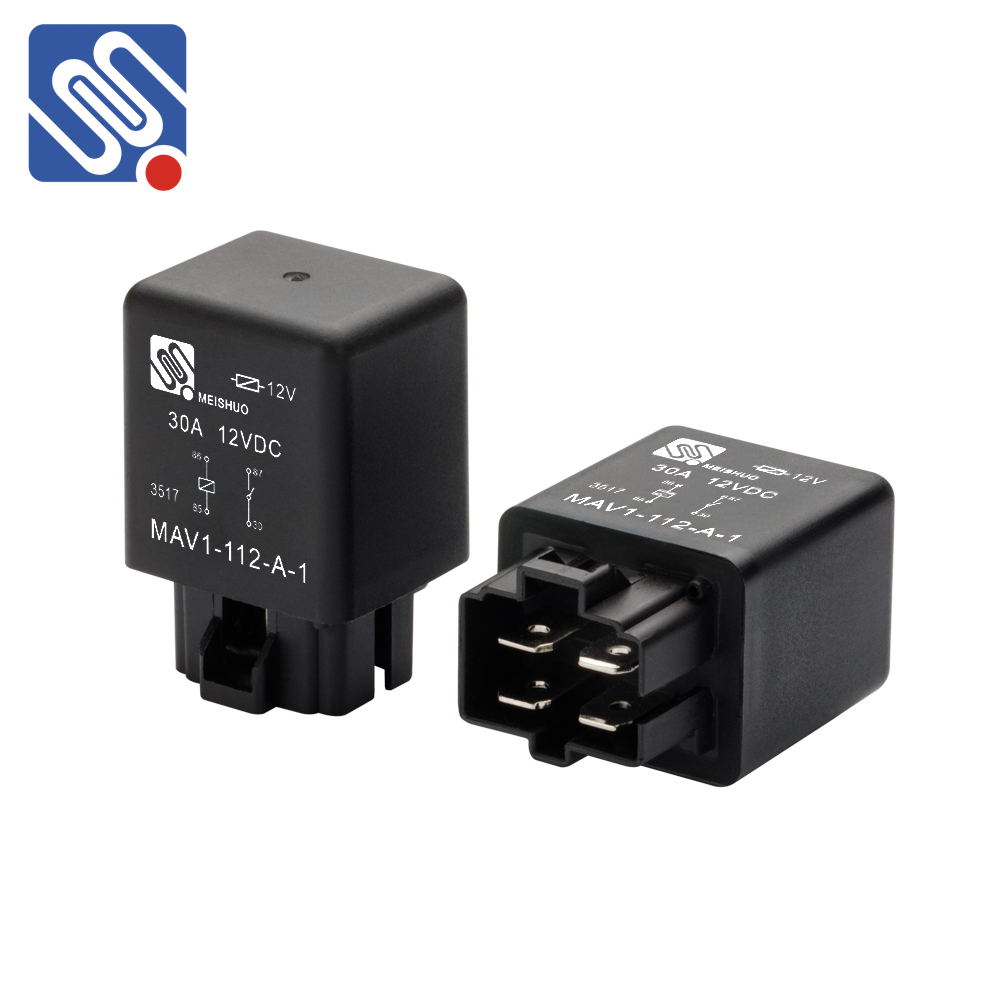relay specifications comparison: a comprehensive guide for choosing the right relay for your application
Release time:2025-11-07 17:31:47
Relays are essential components in electrical and electronic systems, providing reliable switching operations for various applications. Whether used in industrial automation, automotive systems, or home appliances, selecting the right relay with the appropriate specifications is critical for ensuring the reliability and efficiency of the system. This article explores the key specifications of relays, compares different types, and provides a guide on how to choose the most suitable relay for your specific needs.

Understanding Relay Specifications
Relays, in their simplest form, are electromechanical devices that use an electromagnet to open or close contacts in a circuit. They are used to control high-power devices with low-power signals, allowing for automation, protection, and signaling purposes. The key specifications to consider when comparing relays include the rated voltage, contact configuration, load type, coil resistance, switching capacity, and durability.
1. Rated Voltage and Current
One of the first specifications to compare when selecting a relay is the rated voltage and rated current. These values determine the maximum operating conditions for the relay's electrical components. The rated voltage indicates the voltage that the relay is designed to handle, while the rated current specifies the maximum current the relay's contacts can safely carry.

